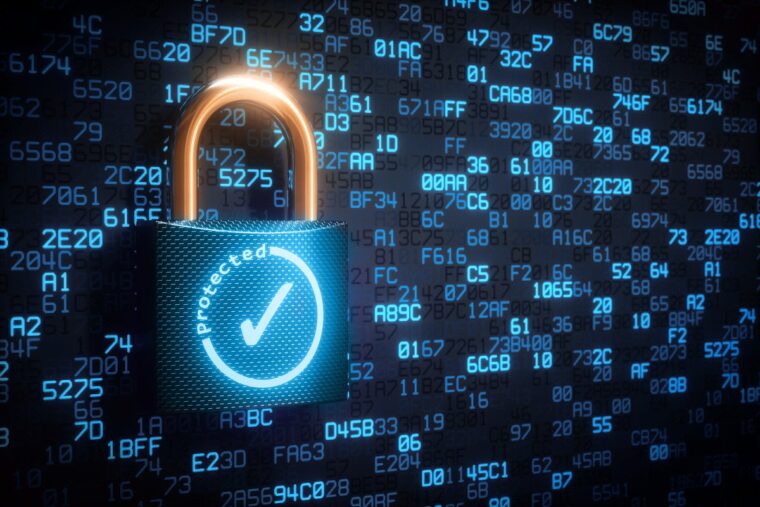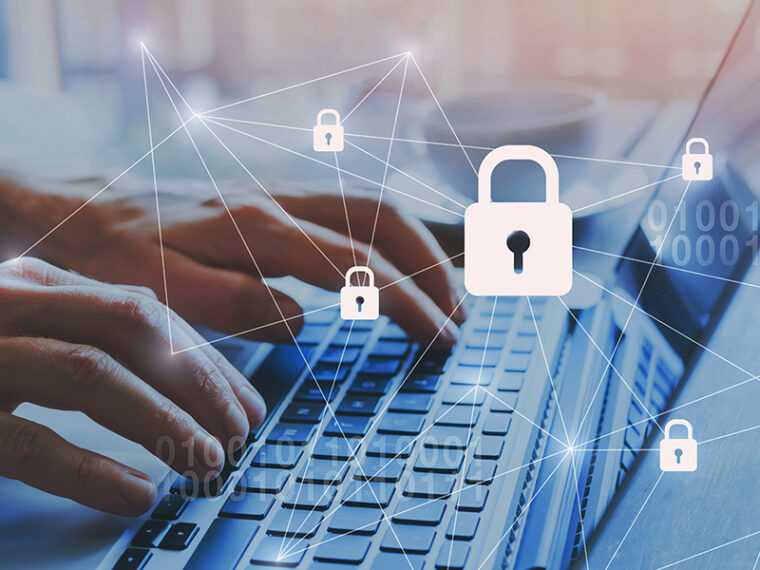When running a business, the security of your communications is essential. Secure communication is increasingly important in an age of digital data, especially as malicious attackers become more sophisticated.
To protect the privacy and integrity of your data, businesses must take proactive steps to secure their communication channels. This guide offers practical advice on how to ensure secure communications for businesses.
1. Understanding the Security Risks

In order to ensure the confidentiality, integrity, and availability of business communication, it is important to understand the various security risks. As technology advances and work
increasingly move over to electronic methods of communication, it is easy for businesses to fall into the trap of believing that private networks or encryption on emails offer an adequate level of protection against malicious actors.
However, understanding the security risks posed by different types of business communications can help you identify where your weak points are and take steps to protect them.
Business communications often take place over public networks such as the internet or via email systems hosted by third-party providers like Google or Microsoft. These platforms lack built-in encryption and authentication measures which can be exploited by hackers for data interception or man-in-the-middle attacks.
Similarly, voice calls made over public networks are vulnerable to eavesdropping from unauthorized parties who may intercept conversations or gain access to a user’s system through the exploitation of vulnerabilities in telecommunications protocols.
2. Using Encryption to Secure Communications

Encryption is the process of encoding data so that it can only be deciphered by the intended recipient. In today’s business environment, absolutely all communications should be encrypted, including emails, Web sites, file transfers, and even telephone calls. Encryption helps ensure that confidential information remains secure and is not accessed by those who are not authorized to view it.
Using encryption for your business communications is a simple way to provide an extra layer of security for your sensitive data and documentation.
There are different types of encryption algorithms and protocols available, so decide which one suits your company’s needs best. Consider scalability, performance, and interoperability when comparing options.
Use authorized software and only download from trusted sources like Anwork to minimize potential risks or malware infection threats that may compromise your systems or data security. Keep up-to-date on the latest developments in encryption technology so you can choose the best solution for your company’s needs.
3. Implementing Access Controls

Access controls are an effective way for companies to ensure that their business communications remain secure. These controls help protect companies from hackers and other malicious actors by limiting who can access specific networks and systems.
Companies must adhere to various regulations when implementing access controls, including compliance with the GDPR, CCPA, HIPAA, and more.
-
Identify the systems that need to be secured
First, identify all of the systems that should be safeguarded from unauthorized access, such as proprietary databases, financial records, and other sensitive documents.
-
Establishing appropriate user roles and security permissions
Create different user roles based on each employee’s responsibility within the company. Establish clear security permissions for each role that ensures each user only has access to certain documents or information necessary to perform their job functions safely and effectively. All users should be educated on what they can and cannot do in terms of accessing information or documents when using company systems or networks.
-
Regularly review access policies

Review access policies at least quarterly to make sure they are upheld by all users properly and adequately protect against potential risks or threats. Companies should consider implementing additional measures such as two-factor authentication or timed logouts if deemed necessary.
-
Monitor usage of privileged accounts
Implement processes that monitor the usage of privileged accounts regularly for suspicious activity such as unexpected changes in account settings or media downloads/uploads from shared hard drives or other digital file storage locations.
This helps detect viruses, malware, or any malicious intent from outside actors attempting to break into networks or systems in order to steal sensitive data, confidential information, etc.
4. Establishing Policies and Procedures

Creating a clear policy on what types of communication are deemed secure. All emails, messages and other forms of communication that contain company confidential information or private employee and customer data should be considered secure. All personnel should understand what types of communication are included in this classification.
Specifying who is authorized to communicate secure information with external sources. It may be beneficial to have separate channels for transmitting secure data (e.g., an encrypted email system) that employees must use in order to send certain types of messages. In addition, it is important to determine who needs access to this type of data before giving any users access rights.
5. Training Employees on Security Protocols

Training your employees on security protocols and best practices is a critical step toward ensuring the safety and confidentiality of your business communications. An effective training program will help ensure that employees are fully aware of security procedures and risk management processes and that they are taking the appropriate steps to protect their data. Additionally, conducting regular audits and assessments, such as SOC-II reports through Duplocloud’s solution, can provide valuable insights into the effectiveness of your security measures and identify areas for improvement in your overall data protection strategy.
When creating a security training program for your organization, it’s important to consider the specific needs of your organization, as well as the type of communications used.
6. Monitoring and Auditing Communications

Proactive monitoring and auditing of company communications are key for business security. Companies should have processes in place to ensure that all messages, emails, and documents sent and received by employees are secure and compliant with security protocols.
Regular checks should be made on employee mail systems to identify potential threats or suspicious activity that might occur due to an unsecured connection or employee misuse. In addition, logs of user activities can help reveal how communications are being used.
Auditing tools such as malware protection programs and software specially designed to analyze email content can help identify potential dangers. Deep packet analysis technology is another useful tool that inspects packets in real-time to detect malware-based attacks or communication anomalies.
Conclusion
As a business owner, it is important to keep your communications secure. This means not only keeping your email and social media accounts private, but also ensuring that all of your phone calls, meetings, and other interactions are recorded and protected.
With the right tools and techniques, you can safeguard your business communications from prying eyes while still staying connected with clients and employees.
